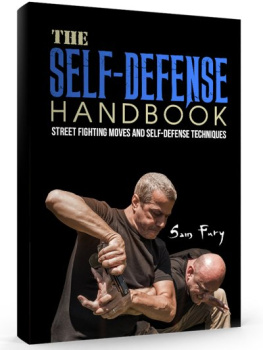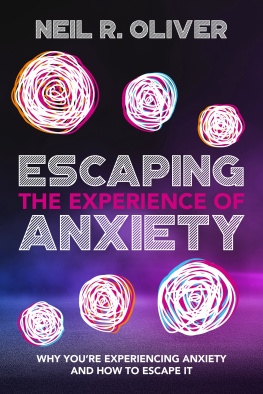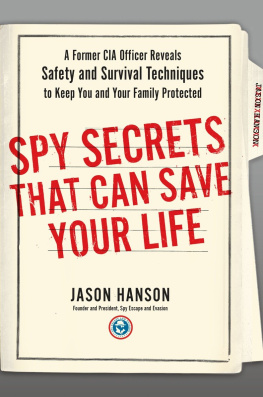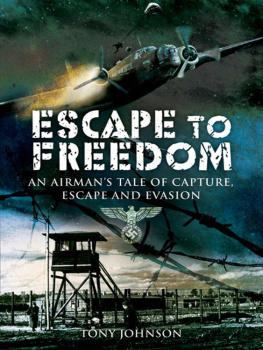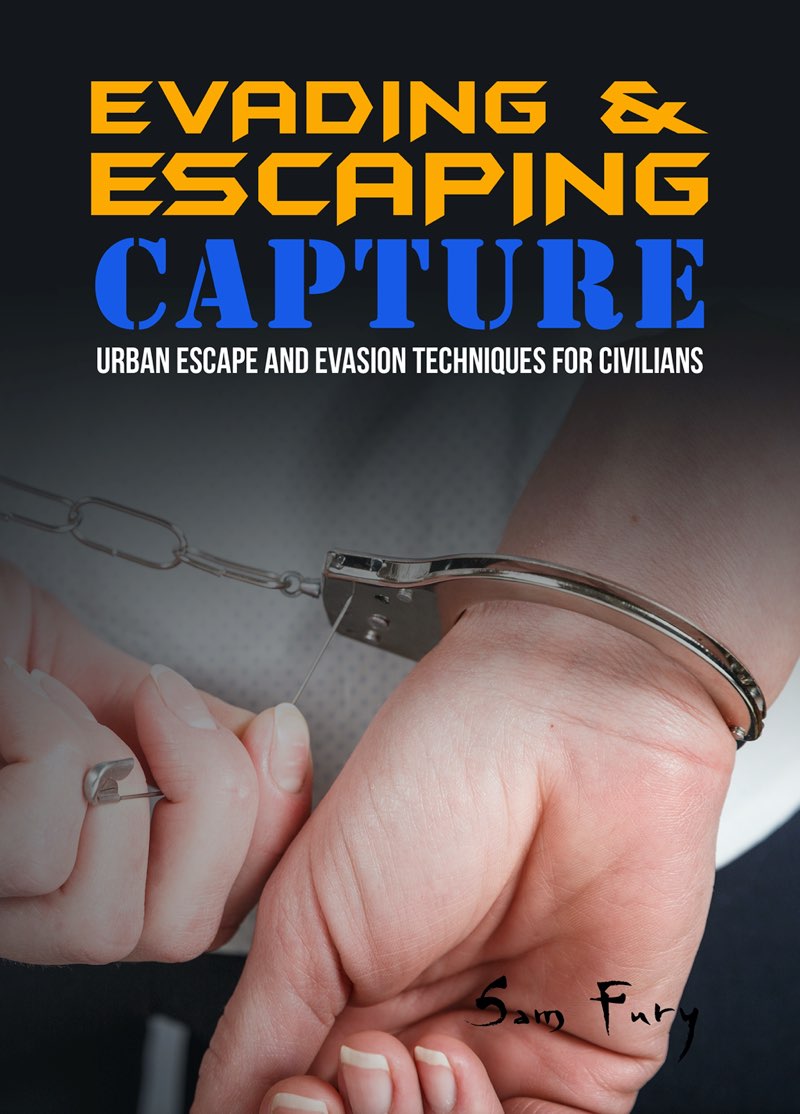Sam Fury - Evading and Escaping Capture
Here you can read online Sam Fury - Evading and Escaping Capture full text of the book (entire story) in english for free. Download pdf and epub, get meaning, cover and reviews about this ebook. year: 2020, publisher: SF Nonfiction Books, genre: Home and family. Description of the work, (preface) as well as reviews are available. Best literature library LitArk.com created for fans of good reading and offers a wide selection of genres:
Romance novel
Science fiction
Adventure
Detective
Science
History
Home and family
Prose
Art
Politics
Computer
Non-fiction
Religion
Business
Children
Humor
Choose a favorite category and find really read worthwhile books. Enjoy immersion in the world of imagination, feel the emotions of the characters or learn something new for yourself, make an fascinating discovery.
- Book:Evading and Escaping Capture
- Author:
- Publisher:SF Nonfiction Books
- Genre:
- Year:2020
- Rating:4 / 5
- Favourites:Add to favourites
- Your mark:
Evading and Escaping Capture: summary, description and annotation
We offer to read an annotation, description, summary or preface (depends on what the author of the book "Evading and Escaping Capture" wrote himself). If you haven't found the necessary information about the book — write in the comments, we will try to find it.
Teach Yourself Escape and Evasion Tactics!
Whether youre a high profile individual, a tourist, or a random target for an opportunistic criminal, theres a chance youll be taken.
This book is packed with covert military and spy escape techniques adapted for the average person.
Discover the skills you need to evade and escape capture, because you never know when they will save your life.
Get it now.
Part One: Evading Capture
All the knowledge you need to avoid becoming a victim. Learn how to:
Part Two: Escaping Capture
How to plan and execute an escape, including the techniques you need to:
... and more.
Limited Time Only...
Get your copy of Evading and Escaping Capture today and you will also receive:
... and more!
Teach yourself escape and evasion, because anyone can be a target.
Get it now.
Sam Fury: author's other books
Who wrote Evading and Escaping Capture? Find out the surname, the name of the author of the book and a list of all author's works by series.

